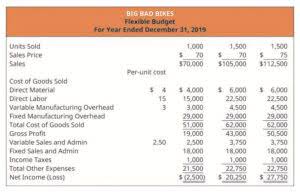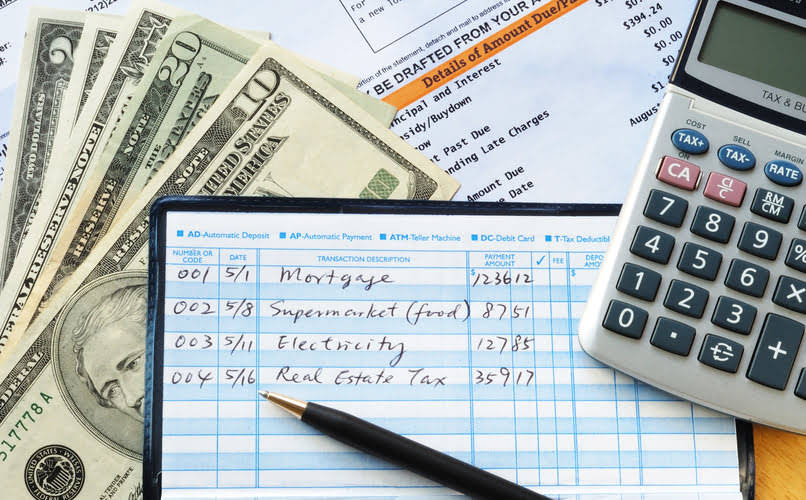Shareholder Equity SE: What It Is and How It Is Calculated

Equity defines the company’s net value at a specific point in time. No, you cannot use the same formula for calculating equity on a balance sheet to calculate earnings per share. Increasing liabilities generally has a negative impact on equity. As liabilities increase, the value of the company’s obligations or debts increases, which reduces the value of shareholders’ ownership stake in the company.

Accounting Crash Courses
It is bookkeeping a key indicator of ownership stake and financial stability for a company. Retained earnings, additional paid-in capital, common stock are the key components of Shareholders’ equity. Common stock is the basic unit of ownership in a corporation, granting shareholders voting rights to influence corporate decisions like electing the board of directors. The balance sheet value of common stock is calculated by multiplying the par value by the number of shares issued.
Components of non-current assets

The numbers for total assets and total liabilities are $3.18 trillion and $2.88 trillion, respectively. Understanding shareholders’ equity is important because it’s a useful metric to learn about the financial health of a business. Financial analysts use stockholders’ equity with the company’s financial statements to determine a firm’s valuation. Generally, a higher stockholders’ equity means the company has stable finances, which allows for flexibility in the case of an economic decline or recession. Negative ownership equity means total debts outweigh the value of the assets. That’s why it’s crucial to understand how equity is calculated and what it means.

Retail Investors Meaning
While traditional accounting focuses on the basics, understanding equity allows you to assess risks, evaluate financial health, and make informed choices. Whether you’re analyzing balance sheets, advising clients, or reviewing investments, mastering the calculation of equity strengthens your financial expertise. Before calculating equity, you must first determine your company’s total liabilities. Locate the equity section and identify the components of capital from a balance sheet. Consider adding liabilities with equity when calculating total capital.
Example of Shareholders’ Equity Calculation

It’s about pinpointing both current and non-current assets to figure out what’s on a balance sheet. Balance sheets allow the user to get an at-a-glance view of the assets and liabilities of the company. Total Equity represents the value that would remain for shareholders if the company were to sell all its assets and pay off all its liabilities. In this case, the $700,000 in equity is the shareholder’s claim on the company’s assets after its debts have been settled. When the company’s repurchased shares are absorbed, the number of outstanding shares on the market is reduced. The result is fewer shares on the market, and the ownership percentage of each investor increases.

📆 Date: Aug 2-3, 2025🕛 Time: 8:30-11:30 AM EST📍 Venue: OnlineInstructor: Dheeraj Vaidya, CFA, FRM
However, if the company incurs losses, accumulated losses will reduce equity. Current Assets are short-term assets that a company expects to convert into cash or use up within one year. These assets are essential for covering the company’s day-to-day operations and ensuring it can meet short-term financial obligations.
How to Calculate Total Equity: Step-by-Step Guide
- All these benefits eventually create a shareholder’s ongoing interest in the company’s equity.
- Equity represents the net value of a company, or the amount of money left over for shareholders if all assets were liquidated and all debts repaid.
- Being mindful of these common errors can save a lot of time and frustration down the road, ensuring your balance sheet remains accurate and reliable.
- The $66.8 billion value in company equity represents the amount left for shareholders if Apple liquidated all of its assets and paid off all of its liabilities.
- This account includes the total amount of long-term debt (excluding the current portion, if that account is present under current liabilities).
This statement is a great way to analyze a company’s financial position. This account includes the total amount of long-term debt (excluding the current portion, if that account is present under current liabilities). This account is derived from the debt schedule, which outlines all of the company’s outstanding debt, the interest expense, and the principal repayment for every period. Shareholders’ equity is the total value of the company expressed Accounts Payable Management in dollars.
- Preferred stock is assigned an arbitrary par value (as is common stock, in some cases) that has no bearing on the market value of the shares.
- The assets are shown on the left side, while the liabilities and owner’s equity are shown on the right side of the balance sheet.
- Property, Plant, and Equipment (also known as PP&E) capture the company’s tangible fixed assets.
- Generally, a higher stockholders’ equity means the company has stable finances, which allows for flexibility in the case of an economic decline or recession.
- In addition, shareholder equity can represent the book value of a company.
- For example, an increase in total assets may be financed by an increase in total liabilities or total equity.
While total assets means everything a business owns, capital represents funds provided by owners. Moreover, calculating total investment from a balance sheet provides a comprehensive view of a company’s financial health. It enables businesses to assess their ability to meet financial obligations, invest in growth opportunities, and respond to changes in the market. If positive, the company has enough assets to cover its liabilities. If negative, the company’s liabilities exceed its assets; if how to calculate total equity on balance sheet prolonged, this is considered balance sheet insolvency. Typically, investors view companies with negative shareholder equity as risky or unsafe investments.
Shareholders’ Equity
Liabilities are debts that a company owes and costs that it must pay to keep running. Debt is a liability whether it’s a long-term loan or a bill that’s due to be paid. Costs can include rent, taxes, utilities, salaries, wages, and dividends payable. Accounts within this segment are listed from top to bottom in order of their liquidity. They are divided into current assets, which can be converted to cash in one year or less, and non-current or long-term assets, which cannot. The balance sheet provides a snapshot of a company’s finances at a moment in time.
Adresa
Hotel Korsal
Šetalište Frana Kršinića 80
20260 Korčula, Hrvatska-

-

Kontakt
Telefon: +385 20 715 722
E-mail: info@hotel-korsal.com

